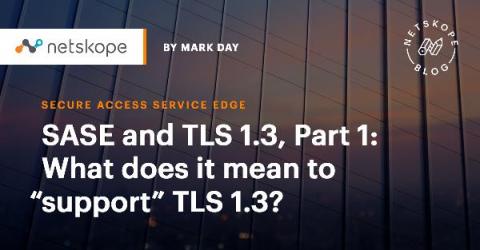Watch Here: Using Analytics to Measure AppSec ROI
Maximizing the value of your application security (AppSec) analytics not only provides a window into whether or not you’re meeting security requirements but also it helps you prove your ROI. That can be a challenge for a lot of organizations – when stakeholders are not close to the data, they may miss milestones like hitting goals for reducing security debt or even how much AppSec program has matured by data.








